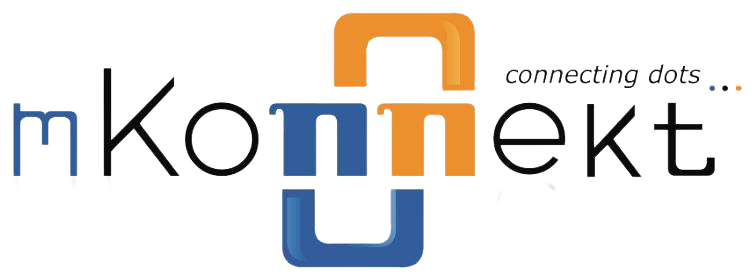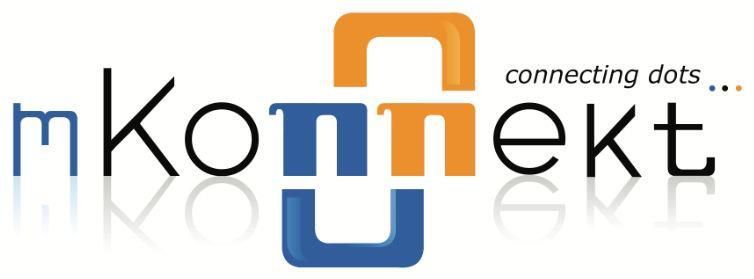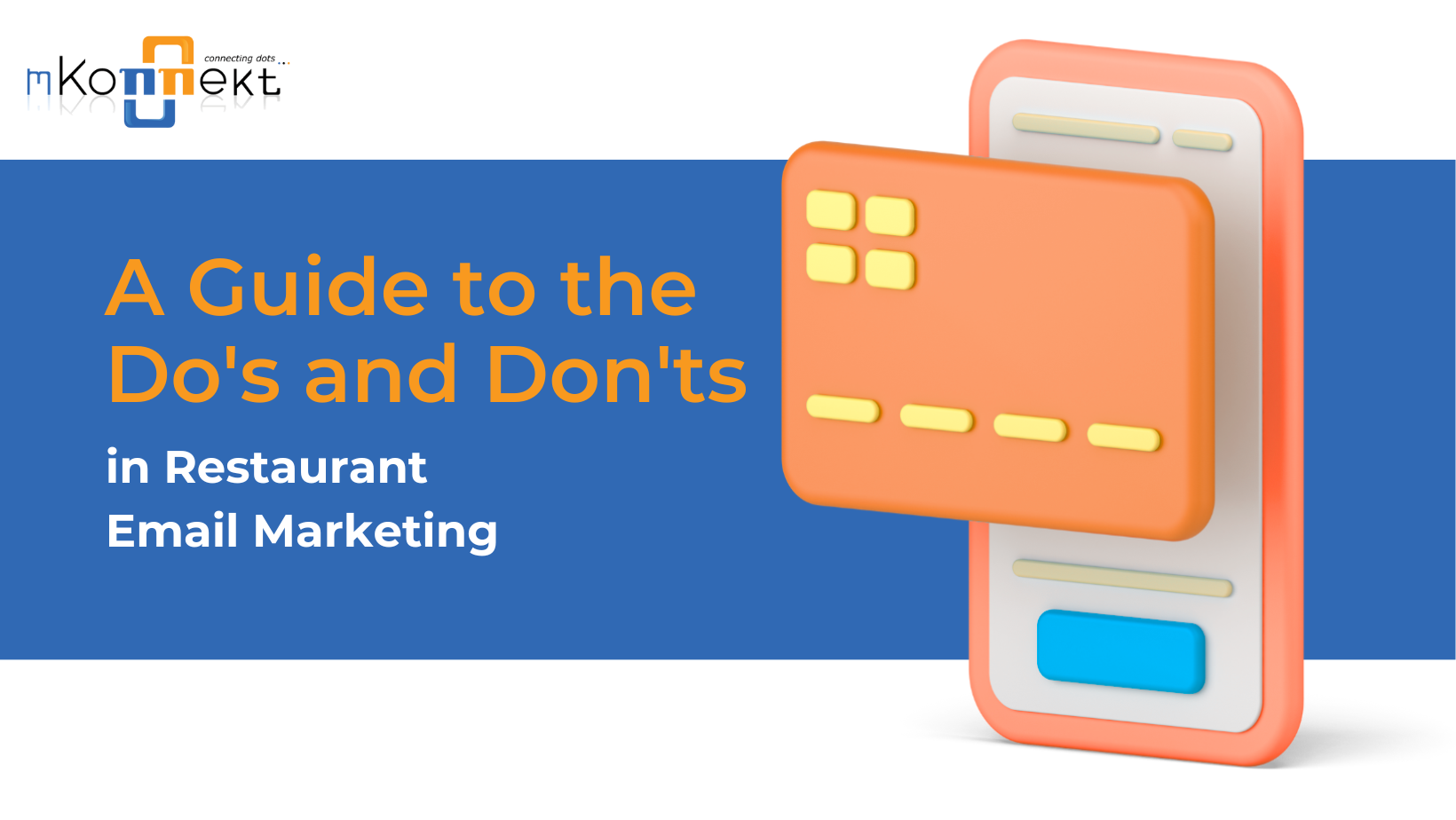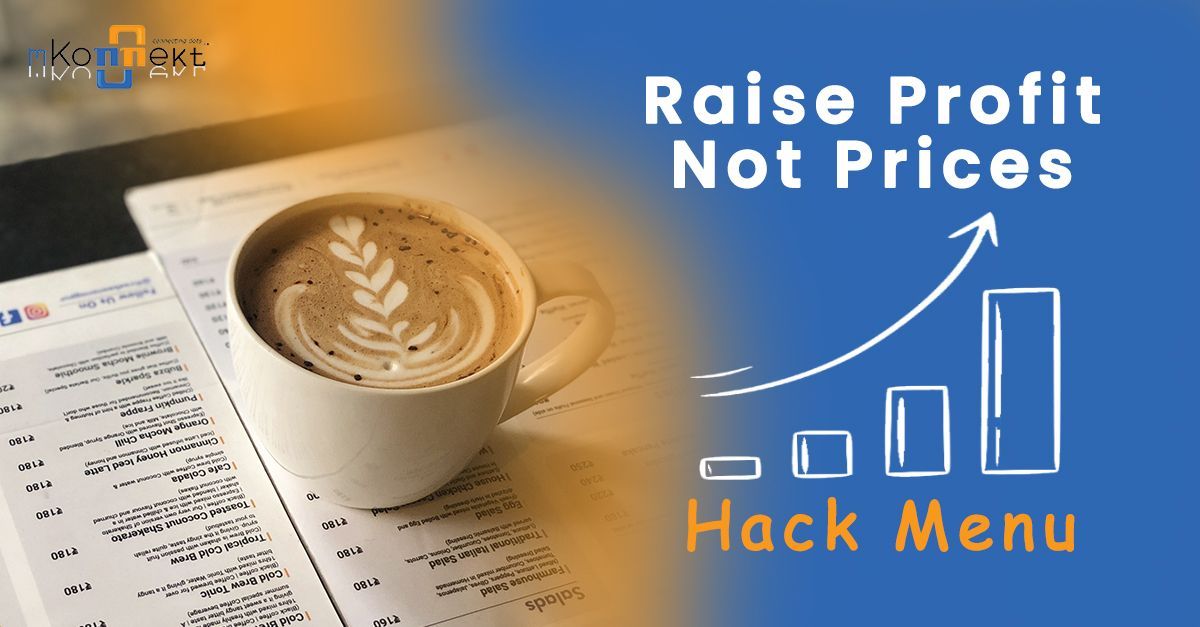5 Ways To Protect Your Digital Assets As A Small Business Owner

Cyber attacks and data breach is a sobering reality for everyone. Even if you own a small business, protecting your digital assets is essential. You should spend a few dollars on security because if you don't, regret is the only thing that'll be left with you for the rest of your lives.
Cyber security is not limited to any industry or business size. The Verizon 2021 Data Breach Investigations Report is based on an examination of over 79,000 security incidents, including more than 5,200 confirmed data breaches. It provides us with a trove of interesting facts, such as the fact that stolen credentials were used in more than 60% of cases. So, just because you're a small business doesn't make you any less vulnerable in the eyes of hackers and data intruders.
A University of Maryland study found that computers were attacked an average of 2,244 times per day. This means that a single computer could be attacked more than once per minute. However, this study was conducted in 2007, implying that attacks are likely far more common than this. So there is a good chance that while you are reading this blog, a hacker is attempting to gain access to your system in order to steal your digital assets. I hope we've made our point. Next up What are digital assets?
What Are Digital Assets?
Before a business owner even thinks of digital asset management or protection, the first step will be to understand what actually are digital assets? According to Wikipedia, a digital asset is anything that exists in a digital format and comes with the right to use. So, in simple words, everything ranging from your company’s website (domain name and content, everything) to social media handles and posts to spreadsheets and documents to apps to intellectual property like trademarks and patents to visuals created by your company, everything comes under the umbrella term of “Digital Assets”.
So now that we are clear with what are digital assets, let’s talk about their management and ways to protect your digital assets as a small business owner.
How To Protect Your Digital Assets?
Get The Right Insurance
When there is a cyber attack or a data breach, there are numerous financial losses. Money may have been stolen from your accounts, private information may have been leaked, or you may require the funds for further investigation; these are just a few examples. As a result, you'll need insurance to cover all of these expenses. Every day, hackers attempt millions of attacks on businesses all over the world, and that number is only increasing, putting you at a higher risk for cyberattacks than ever before.
If you are targeted, the best thing you can do is prepare ahead of time by purchasing an insurance policy that will compensate you for any losses. You should also create IT policies to protect your company from unintentionally downloading viruses or accessing websites known to contain viruses. Additionally, you should keep your systems up to date and back up all of your data. Then, devise a plan of action to be implemented in the event of a cyberattack. Cyber/Network Liability is insurance that protects the 83 million online companies exposed to security breaches (By tech startup insurance FAQ). So, if you haven’t thought about cyber Liabilities and Insurance, do get it as soon as possible.
Make Sure Your Passwords Are Hard To Crack
From 100 million passwords leaked in data breaches that year, the National Cyber Security Centre (NCSC) compiled its own list of the 20 most common passwords in 2019. The top 5 passwords from this list are 123456, 123456789, qwerty, password, and 1111111. Are you guys serious? How can you lock some of the most important information into a password like qwerty?
And let’s all admit that we use the same passwords for multiple accounts just because it is easy to remember! Is your private information worth nothing to you? If it is, then please start using passwords that are strong and tough to crack. Hewlett Packard enterprise suggests setting complexity requirements, such as meeting a character minimum, and use certain character types (mixed case, numerals, and special characters), and avoiding choosing previously used passwords.
Limited Access
When it comes to data breaches, employees are the low-hanging fruit. Yes, it is critical that you share the codes and passwords for documents and other assets with your employees; however, does everyone require everything? No.
According to a report, employees are responsible for 28% of all data breaches. We are not implying that this was done on purpose, but human error is a significant factor that cannot be overlooked in this case.
As a result, the best thing you can do in this situation is to create a list of employees with their names, designations, and passwords shared with them for a reason. Is it tedious? Yes. Can this, however, save your life? Also yes.
Always Use Two-Factor Authentication
2-factor authentication is something you should always opt for when creating an account anywhere; it hardly takes a minute to check the 2FA box. It is nothing more than an extra layer of protection for your digital assets. Once you've done so, you'll always have to enter a code that will be sent to your mobile device or your email, depending on the settings you've chosen.
This has two advantages: first, if a hacker tries to access your asset, you will always receive an alert that someone attempted to access your account, and second, because they will not have the code, they will be unable to enter. It applies to all accounts, from social media accounts such as Facebook to Google Drive or other cloud-based software such as Dropbox.
Use Wi-Fi Best Practices And Steer Clear Of Public Wi-Fi!
Wi-Fi is a technology that can be used to get into your system and obtain sensitive company data. There are two ways to do this: one is to utilize public Wi-Fi, and the other is to attack your company's wireless network. Always remember not to use public Wi-Fi while traveling or anyplace else in public; instead, purchase a data pack for your phone. Keep your router in a safe, restricted-access place, such as a locked cabinet or closet. Video monitoring is also a sensible security precaution.
It may seem basic, but many organizations fail to change their Wi-Fi name and password.
Update the firmware on your router, network security software, and employees' devices on a regular basis. These updates, in many situations, involve addressing security gaps, making them critical to pay attention to. Virus and intrusion protection should be installed on every computer.
Tools To Protect Digital Assets
Dignify
Market research, eBooks, training materials, modules, reports, and other private information can all be protected with Digital Rights Management. You'll be able to prevent unauthorized redistribution of your digital files and limit how your customers or recipients copy content. It allows you to control who has access to your papers and withdraw rights at any time. You can also limit forwarding and specify access expiration dates. With Digify's user analytics and activity log, you can see where and when each user visits all of your documents.
Keeper
The biggest benefit of using a password manager is that it allows you to set unique, strong passwords for each website and app you use—passwords that you don't have to remember. However, it's equally critical that you have easy access to your passwords across all of your devices. Keeper Password Manager & Digital Vault is a fantastic password manager and digital vault that works on a variety of platforms and browsers. It also has excellent features including strong multifactor authentication, good sharing capabilities, handy auditing tools, and complete password history. Keeper is a winner in the Editors' Choice category for password managers.
SeePlus
SeePlus, an ACD Systems professional asset management application, helps you regain control of your digital workflow by tracking Microsoft Office documents, PDF files, and a range of media assets. You can use this platform to manage your whole file collection from a single location.
The software enables you to establish a simplified system in which you may define the location of your files in your workflow using hierarchical keywords, ratings, dates, and categories. You can also access and backup material to your Dropbox and OneDrive accounts without having to leave the platform. This also means you won't have to go through the time-consuming procedure of uploading files to the site.
This is especially helpful for small enterprises that lack the time or manpower to keep everything in order.
DNS Protection System
The Domain Name System (DNS) translates human-readable domains into IP addresses that may be used to connect to them.
On the internet, there are many servers that run DNS. Many consumers rely on their ISP's DNS server, but they don't have to. Instead, they can utilize either a free or a commercial DNS server that is safe. DNS Protection is a fantastic way to boost security. Both commercial and home networks can benefit from DNS protection. Because many people's business and personal lives are becoming increasingly intermingled, it's critical to safeguard home networks as well. A secure DNS solution can be used to enhance BYOD policies by safeguarding data both within and outside the business and giving additional benefits.
Endpoint Security
Endpoint security is the technique of preventing hostile actors and campaigns from exploiting endpoints or entry points of end-user devices such as PCs, laptops, and mobile devices. Cybersecurity risks are protected by endpoint security solutions on a network or in the cloud. Endpoint security has progressed beyond antivirus software to complete protection against sophisticated malware and emerging zero-day threats.
Nation-states, hacktivists, organized crime, and purposeful and unintentional insider threats all pose a hazard to businesses of all sizes. Endpoint security is frequently referred to as cybersecurity's frontline, and it is one of the first places where businesses attempt to defend their networks.
Wrap Up
You must put the security of your company's critical information first. Consider this: if your company's data is lost, everything is lost. All I can say is that it is critical to protect it. I attempted to address the majority of the topics of digital asset management. If you have any additional comments, please feel free to drop a comment or join our Facebook group (link), where we discuss such topics in depth.











